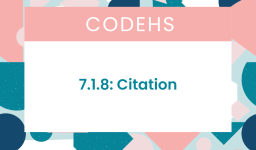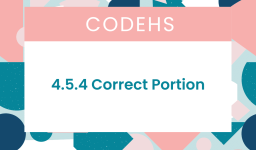4.10.4: Inventory CodeHS general answer I see across the web:
STARTING_ITEMS_IN_INVENTORY = 20
num_items = STARTING_ITEMS_IN_INVENTORY
# Enter your code here
INVENTORY_ITEMS = 20
num = INVENTORY_ITEMS
while num > 0:
print("We have " + str(num) + " items in inventory.")
To_Buy = int(input("How many would you like to buy? "))
if To_Buy > num:
print("There is not enough in inventory for that purchase.")
This code snippet for managing an inventory system in Python has a few issues that must be addressed for it to work correctly.
Let’s provide a corrected version of the code:
# Initialize inventory
inventory = 20
# Run the loop while there are items in inventory
while inventory > 0:
print(f"We have {inventory} items in inventory.")
# Ask the user how many items they want to buy
try:
buy = int(input("How many would you like to buy? "))
if buy <= inventory:
inventory -= buy
if inventory > 0:
print(f"Now we have {inventory} left.")
else:
print("All out!")
else:
print("Sorry, we don't have that many items. Try again.")
except ValueError:
print("Please enter a valid number.")


